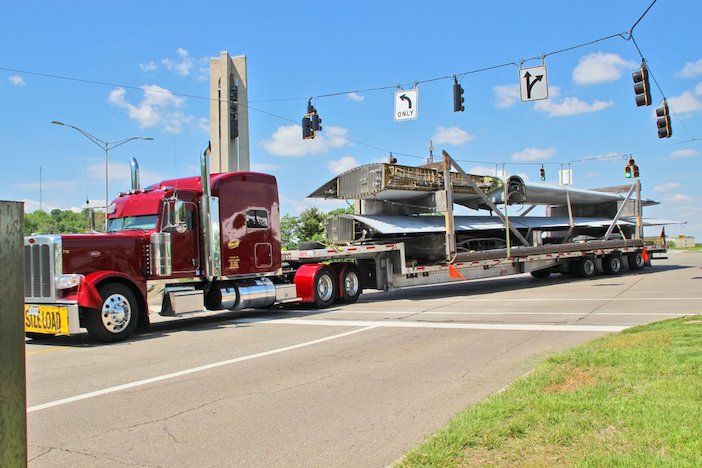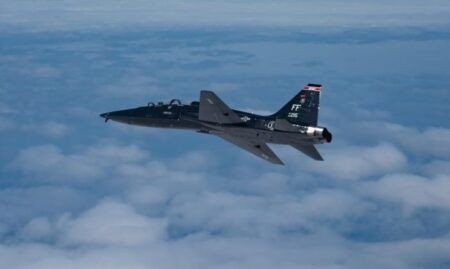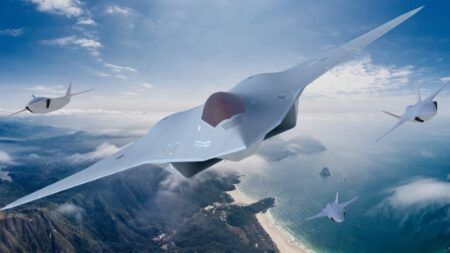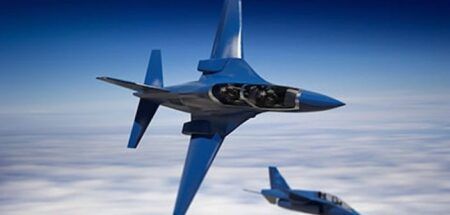The US Air Force’s Eglin Force Base in Florida has donated a C-130 transport aircraft to the University of Dayton Research Institute to conduct R&D into aircraft sustainment.
The US Air Force’s Life Cycle Management Center (AFLCMC) is partnering with University of Dayton Research Institute (URDI), which is based in Ohio to explore the future of aircraft sustainment using the massive retired aircraft, which has a wing span of 133ft (40m)
The retired aircraft was partly disassembled at Eglin and transported to the Advanced Technology and Training Center at UDRI earlier this month. A 2,500 square foot (230-square meter) concrete pad has been poured at URDIto support the aircraft, which weighs approximately 40 tons when empty.
Work will be performed in and on the aircraft as well as in other UDRI support labs as part of the research program, which aims to demonstrate and test a number of technologies designed to lower the cost of sustaining the US Air Force’s C-130 fleet. The US Air Force has 188 of the four-engined turboprop aircraft currently in service.
Debbie Naguy, AFLCMC product support engineering division chief said, “The US Air Force spends a lot of money on aircraft sustainment. The C-130 delivered here will help us demonstrate and qualify new innovative technologies to lower sustainment costs and improve readiness.”
Technology to be developed and assessed as part of the two year program includes: micro-vanes for fuel savings, additive manufacturing (AM), cold spray for repairs, robotics and lasers for paint removal, environmental evaluation of coatings, augmented and virtual reality, condition-based maintenance, and aircraft battle damage repair.
The US Air Force is already using some of these technologies to sustain legacy aircraft. For example, additive manufacturing is being used to produce, on demand, small quantities of aircraft parts that are no longer being manufactured, and at a fraction of the cost of retooling to reproduce the part.
“The challenge is that, in many cases, no technical information exists on these parts because of the age of the aircraft,” Naguy said. “So when a replacement part or structure is needed and there is no drawing available, we will reverse engineer the part, scanning it to create a three-dimensional digital model that will be used to develop and qualify AM replacement parts.”





